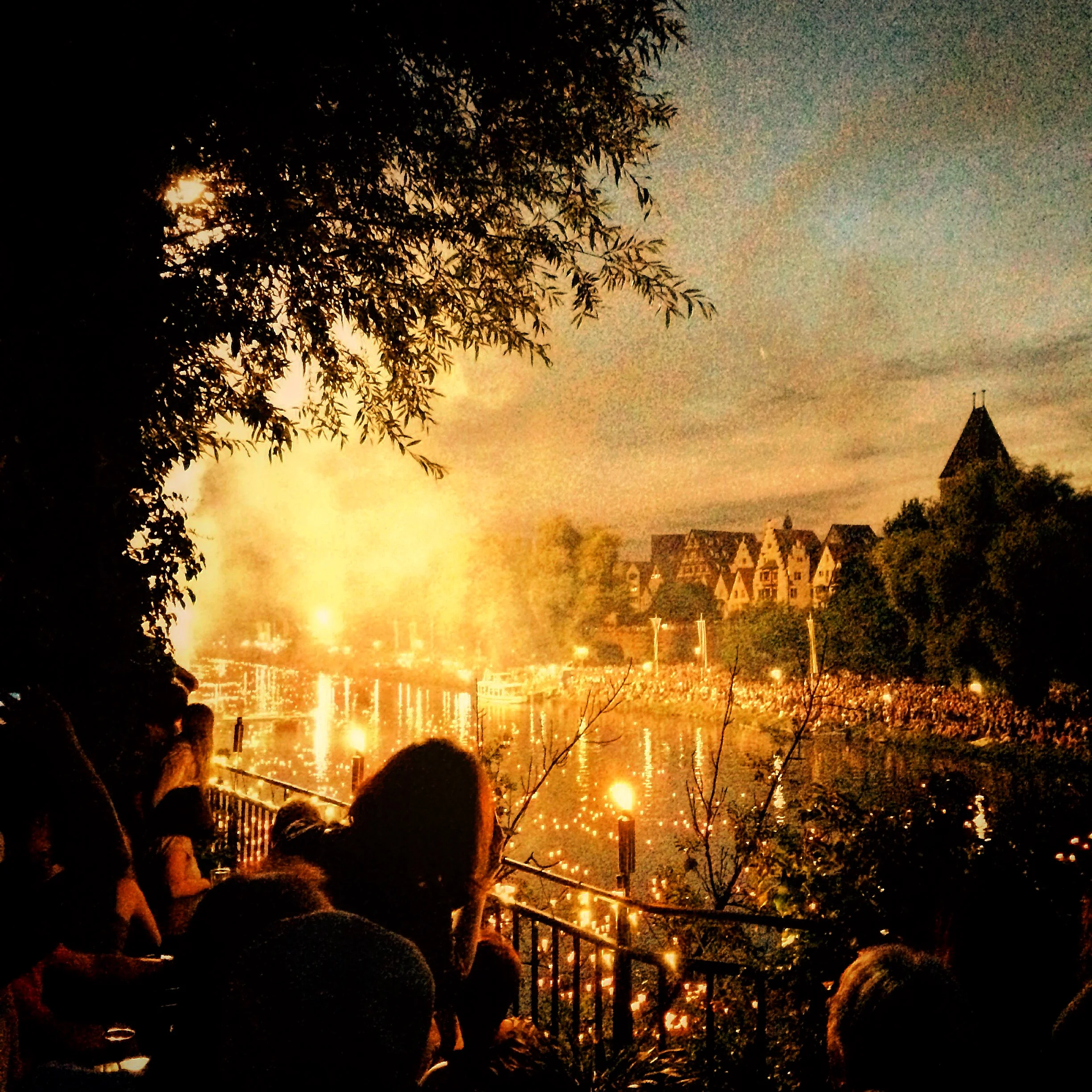What Must Be Learned
Only a short drive from my home, roughly fifteen minutes away, stands the Reichsparteitagsgelände (Reich Party Congress Grounds) where from 1933 to 1938 Hitler and the Nazi party held rallies. I find it a profoundly unsettling place to visit, for obvious reasons. It was designed and built to celebrate the Nazi ideology and was the setting in 1935 for the announcement of the Nuremburg laws, excluding German Jews from citizenship. Standing on the Zepplinfeld, the remaining greying stones, adorned with unkempt grass and weeds, still resonate with historical significance. Although the towers were taken down decades ago the monolithic Zeppelinhaupttribüne is instantly recognisable as the structure shown in grainy black and white footage having its giant swastika blown to pieces by victorious allied troops. While the overt imagery of the Third Reich may have been disposed of, the skeleton of the parade ground remains and has become a focal point for tourists who wish to see the location of Germany’s darkest moments.
What should be done with the architectural relics of Germany’s past is a question often discussed and frequently treated with typical German pragmatism. The Kongresshalle, just a few meters away from the Zepplinfeld has been turned into the Dokumentationszentrum Reichsparteitagsgelände (Documentation Centre Nazi Party Rallying Grounds) containing a permanent exhibition on the causes and consequences of National Socialism and also houses the Education Forum that is used to further educate school children and adults on the themes of the main exhibition. The stadium that was to be the focal point of the Hitler Youth was transformed and repurposed as the home of FC Nürnberg who continue to play their home games in the renamed Frankenstadion. The Zepplinfeld is frequently used as the location for concerts and annually hosts Rock im Park, one of Germany’s largest open air music festivals and is also the location of the Norisring for car and motorbike street racing.
Despite the various attempts and successes in repurposing the parade grounds, there are still heated discussions over whether they should even be used at all. With many of the buildings falling into disrepair, local government funded maintenance was a major topic in 2016. The majority of the council decided to continue repair and maintenance but not to rebuild or restore the remaining buildings. They are still a major tourist attraction, with hundreds of thousands of visitors coming to stare at the physical shell of the Nazi ideology. Fascination with “dark history”, and the monuments and locations of despotic regimes attract tourists for many reasons, but the obvious worry for the custodians of troubled history is that they become the focus for more than just tourists and instead for those who still espouse and support the ideologies that built them. Nürnburg has gone to great lengths to use the parade grounds as a living monument and refutation of National Socialism, but that does not prevent extremists from viewing them as relics to their lost cause or as cathedrals to their fallen idols.
The questions surrounding the Reichsparteitagsgelände, its legacy or what is to be done with controversial monuments is not the sole preserve of Germany. Throughout the weekend, America and the rest of the world looked on in horror as Alt-Right, KKK and Nazi groups turned Charlottesville, Virginia into a literal battleground in the name of “Unite the Right”. What was lost in much of the reporting and justified fury at these far right groups, was that they had assembled to oppose the removal of a statue depicting the Confederate General and commander Robert E Lee. When questioned on the legitimacy of their protest, they declared that white American/European culture was under sustained attack, their symbols were being removed and they were subject to left-wing led attempts at cultural genocide. In turn, they simply wanted to protest and voice their anger. Their strategy, if that word can be used, was to evoke the imagery and symbols of the Third Reich.
Unsurprisingly, white men and women marching in support of a statue to the confederacy by carrying swastika flags, shouting Nazi slogans and openly carrying guns turned violent as early as Friday. By Saturday night, Heather Heyer, civil rights activist and native of Charlottesville had been killed for opposing this invasion of ideologues and extremists to her city, a victim of what some have termed a “White Terror Attack”.
It is easy from the European vantage point to look on the US, the devastation wrought on Charlottesville and the family of Ms. Heyer and imagine that we are somehow immune from such things. Looking at my Twitter feed throughout the weekend, time and again I was presented with comments that suggested that Europe and more specifically Germany were examples of how to deal with the history of the right wing. We alone have the remedy that prevents groups parading through our streets with Swastikas and Nazi flags, in opposition to the removal of symbols of hate. True, Germany has very strict laws about displaying or invoking the symbols of extremism, but that does not make us immune and it certainly did not stop these same symbols being used during a right wing music festival in Thuringia only last month. Ideologies are near impossible to kill. They hide in language and symbols, ready to reappear when given a chance.
Germany does have a mature way of dealing with the past and an education system that promotes understanding of extremists and their ideologies, but what it understands more than anything else, the aspect I wish my own country could understand more thoroughly, is that history is fluid and subject to manipulation. This is why German politicians who invoke the language and symbols of National Socialism or groups that try to hide behind facades of respectability while harbouring extremism are so reviled. It is why Germany rarely waves flags unless in support of sporting achievement or why they debate the repurposing and funding of former temples to hate. Germany decided long ago that the ideology and actions of National Socialism was not open for discussion, it was abhorrent, we must seek to understand it, confront it, but never allow it an inch. Only constant vigilance and awareness.
Contrast this with America and we see a country that routinely attempts to debate the past, assuming that it has no relevance to the lives we live now. If you disagree with that statement, I would simply ask how it is that in 2017, in a country that is undeniably fractured along racial lines, a statue to the commanding officer of the Confederacy is still standing in a public park? Or why so many streets are named for the leaders of a movement that demanded the preservation of human slavery? It is because in the hours, days and weeks after the guns of the American Civil War fell silent, the story of the confederacy was allowed to become a grey area, controlled by those who wished to promote the idea that Confederacy was something noble, a lost cause fought for by men of high calibre. Worse still, they were allowed to perpetuate the myth until today.
True the Confederates were not the Nazis and 1865 was not 1945, but the point still stands; if you wish to deal with the past, at some point those who present a rosy image of racist ideologies must be called out as racists, politicians that erect statues or name streets after racists must be called out as racists and those who claim their culture is under attack by parading the symbols of hate, fear and racism must be called out in no uncertain terms as racists. They are not the disaffected or the disenfranchised, they are the quietly waiting jackboot on the throat of democracy.










